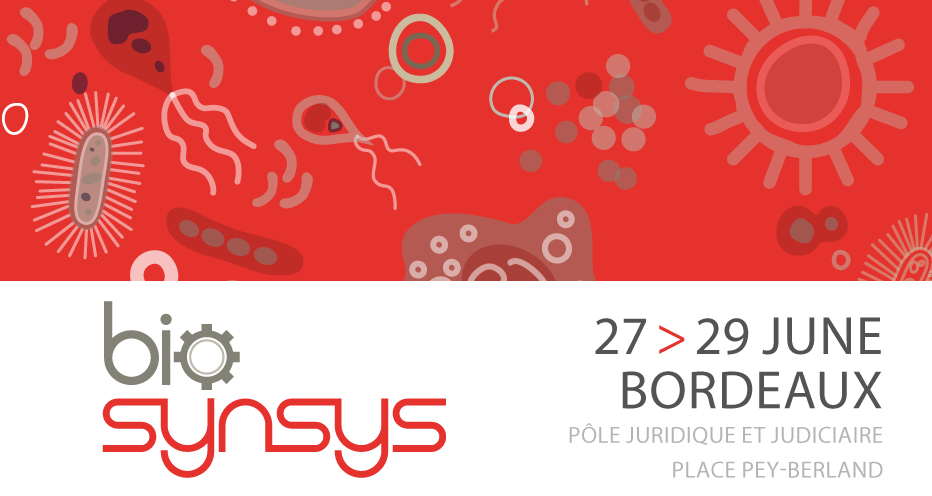The ability to routinely control complex genetic circuits in vivo and in real-time promises quantitative understanding of cellular processes of unprecedented precision, quality, and richness. With combined efforts in microfluidic design, microscope automation, image segmentation and analysis, and control theory, we propose a platform for real-time, single-cell, externalized in silico control and monitoring of genetic networks in E. coli. Computational framework and hardware are optimized for parallelizing the experiments and we use the platform to test and control an entire library of synthetic genetic circuits. The circuits we are trying to control are based on the genetic toggle switch, a foundational circuit in synthetic biology, which consists of two genes that repress each other. This genetic system features two stable equilibrium points where one of the genes has taken over. Our objective is to dynamically balance the circuit in single cells around a third, unstable equilibrium point at which no gene dominates and their mutual repression strengths are balanced. This is similar to the landmark problem in control theory of stabilizing an inverted pendulum. Although our work indicates that this real-time control approach can drive convoluted genetic networks towards states that are inaccessible to traditional genetic perturbations such as knock-outs and promoter induction, the a priori quantitative knowledge of the system required for achieving this control is minimal. We show that even a simple Proportional-Integral controller can stabilize the unstable point of the toggle switch in single cells. Finally, we demonstrate that manipulation, or even inversion, of the stability map of the network is possible, though counter intuitive, via the simultaneous stabilization of an entire population of toggle switch cells around their unstable point with a common dynamic input.
Work done in collaboration with J.-B. Lugagne, J.-B. Caron, M. Kirch, A. Köhler, and P. Hersen

 PDF version
PDF version
